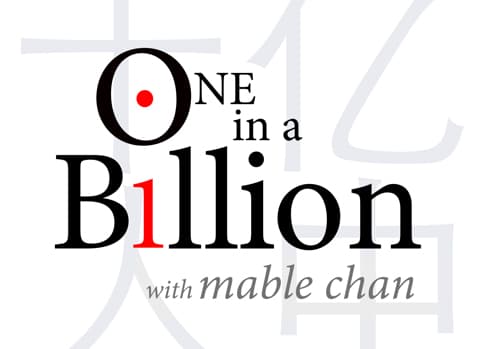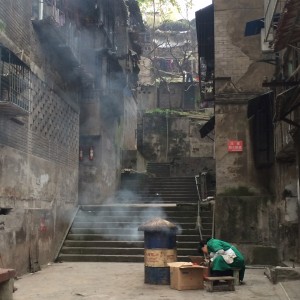I have a description for my newly established Facebook photo album, “River Town, Fuling”:
Around 15 years ago, Peter Hessler published his first book ‘River Town,’ talking about the people, culture and life at Fuling (涪陵), a small river town / mountain town in Southwest China. Around the same time, I lived in Fuling for two years with my grandparents. This winter, after taking a poli sci course on postcolonial China, I was inspired to return to Fuling and record the current face of this river town.
Today’s Fuling, in my eyes, is a land of complexities. It is a land where the ancient, modern, transforming traces are contradicting yet co-existing and entangling with each other. Though tiny, this town reflects a common process the whole China is going through: modernization. Changes are happening every day yet people in the quotidian setting seldom look back; “modernity” has stood out as a stark and aggressive contrast to “tradition,” yet are they really mutually exclusive?
I came back to Fuling with my mother at the end of last year.
Apartment constructions were everywhere. People talked about investment in real estates in every conversation. Sometimes I even wondered if the newly constructed apartments would really be occupied or if apartments were just becoming a “medium of exchange.” At the “Baishan New City (白山新城),” which used to be plain farmland where Peter Hessler did his running exercise, a whole mountain was being turned into a “recreation district” with villas, spas and golf courts. Investors outside Fuling came here and developed it with a French enterprise, following existing models of “recreation cities” like Beijing and Shenzhen. The “new city” was occupied with villas completed and apartments under construction, but nearly no people. Wide, smooth roads lied in the “city,” with few cars passing by.
Back to the “old city” of Fuling, I walked from place to place and hoped to retrieve its vibe. I asked my grandparents to show me the stone stages (since Fuling is a mountainous town) I walked in my childhood, and was informed most had been bulldozed into cement roads… When they finally guided me to the old stone roads I was familiar with, I took a breath of relief. The old men and women were gathering together and watching people play the Sichuan-style mahjong; children were chasing each other along the stone stages; rattans and mosses were still covering the brick walls. They were still there.
My joy lasted till I saw old walls and apartments painted with the Chinese character “wei (危).” Any architecture painted with this character could not escape the curse of being demolished. I comforted myself, “It’s fine; people will then live in better and safer apartments. These apartments, built in 70s/80s/90s, are not ancient at all… They themselves are actually the products of transition from ancient flats to more modern building…” Yet irreconcilably, deep in my heart was still a sense of loss and lament.
As I walked down along the Yangtze River, skyscrapers and the newly built Liangjiang Square (两江广场) flashed in front of my eyes.
Over ten years ago when I lived in Fuling, none of these architectures existed. All we had is the dam along the river. That was before the Three Gorges Dam was built.
At the end of the visit, my mother said, “I cannot recognize Fuling anymore.”
She said, “The whole city is changing. It is becoming alien to me.”
Weeks have passed, yet its people, landscapes and changing social atmosphere are still hanging in my mind and intriguing me. On the one hand, being one of the administrative districts of Chongqing, a rising industrial and business center whose annual GDP is among the highest in China, Fuling has been inevitably influenced by the economic imperative and progressing to modernity. Yet on the other hand, you can still find the old traces of this town through the existing yet decreasing old-style buildings, roads and traditions. To some extent, the contrasting and striking features of Fuling are exactly representing and amplifying the turmoil various Chinese societies are undergoing – urbanization and modernization.



